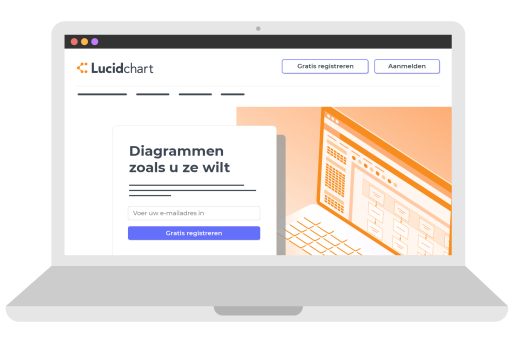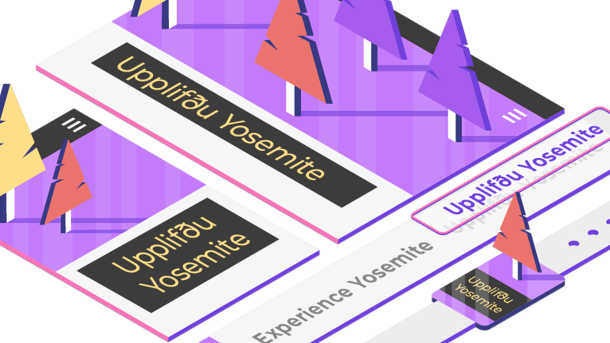As a company that makes working visually easier for customers worldwide, Lucidchart required a localization solution that translated its user experience. Since being founded in 2010, the company has experienced remarkable user growth and in order to stay on that upward trajectory and expand their user base, Lucidchart knew it had to better serve customers in international markets.
As they set out to drive growth and win in the visual productivity space globally, they knew they needed a localization solution that would not only match their agile development cycle but also help them provide a consistent user experience, no matter the language.
The Challenge: Treating All Languages as First Class Citizens
Lucidchart’s approach to localization was to treat all languages as first class citizens. They wanted to ensure that all users have the same great experience, regardless where they are located.
The Solution: Smartling
Using Smartling’s end-to-end translation solution - including APIs, Drupal and Zendesk integrations, and translation services - Lucidchart translated 150+ marketing pages, their product interface and their entire help center, ensuring a cohesive language experience that matched that of the English user.
The results of their localization efforts have clearly demonstrated that this business ethos has paid off. In the Latin American market alone, Lucidchart has realized a 200% year over year growth in their user base. They have also gone from having zero localized product users to 125,000 in just 4 months.
Both these statistics indicate that their users are responding positively to the translated experience.
“Smartling provides a tool for us to efficiently manage the full translation process, which can be incredibly cumbersome using a different tool or without using software at all.” - Mitchell Cox, International Program Manager, Lucidchart
Gaining Speed and Scalability
Lucidchart chose a software solution to localize their content instead of the traditional method because of speed and scalability. With Smartling, they were able to leverage the quality of a human translator while keeping up with their fast release cycles. Their teams were able move fast and release translated versions of their content the same time as the English version, ensuring again that all languages were first class citizens.
Smartling's ability to integrate with Lucidchart's tech stack allowed them to translate each piece of the product experience easily. And from a development standpoint, Smartling was able to unburden their internal resources of translation tasks by up to 75%. This has allowed their developers to continue working on their product priorities without being disrupted by localization.
“I have been pleasantly surprised with how simple Smartling’s tool makes localization. Whether it is managing the translation workflow, ensuring that the strings are published within a timely manner or going back to edit a string, I’ve been pleasantly surprised with how easy it is to manage our localization process using Smartling.” - Mitchell Cox
Adaptive Machine Translation
Lucidchart is not planning to slow down anytime soon. The future of their localization efforts include more content translated into more languages, more frequently. Before Smartling, the major obstacle that Lucidchart faced in its localization strategy was the negative impact of translation time on their ability to release features continuously. This is no longer a hurdle as the company now leverages adaptive machine translation to decrease that time from 2 days to less than 10 minutes. Lucidchart is able to immediately implement high quality machine translations into their product and then replace them with professional translations done by Smartling’s Language Services team at a later date. This results in a cohesive translated product experience to their international users without any impact on their release cycle.






